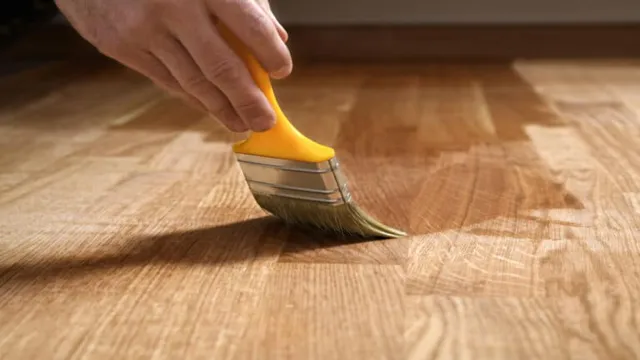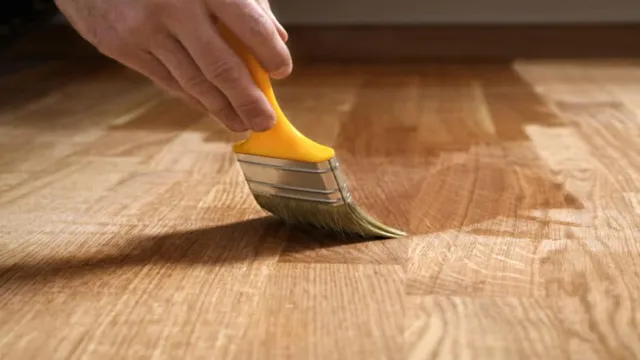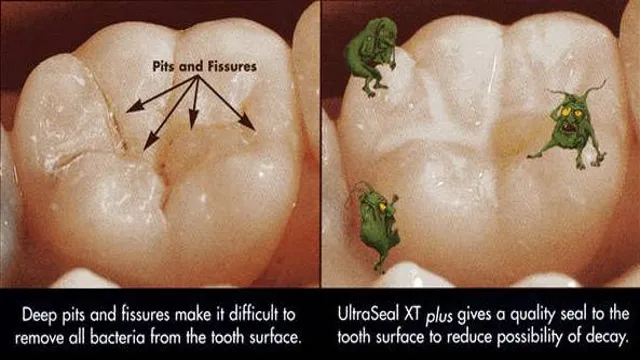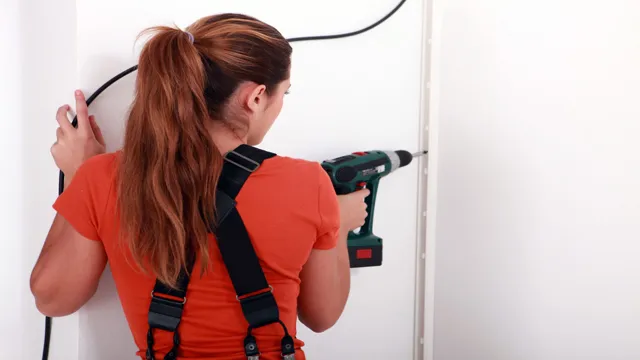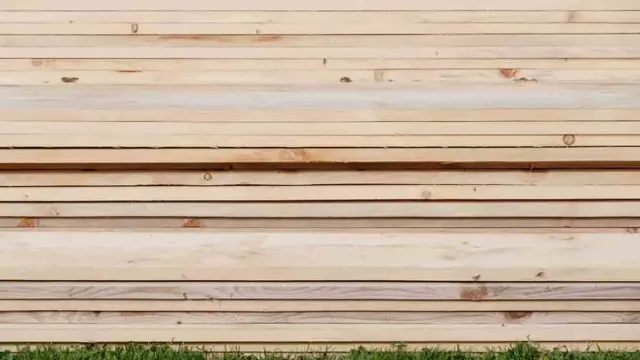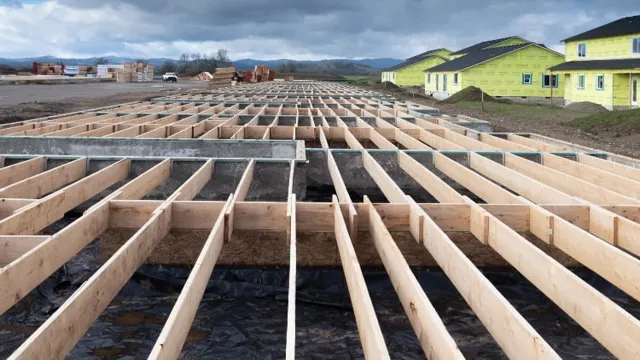How to Level Cabinets on Uneven Floors: Tips and Tricks for a Perfect Install

Leveling cabinets on uneven floors can seem like an impossible task. Not only can it be frustrating, but it can also be a safety hazard. Uneven floors are a common issue in many homes, and they can cause cabinets to become unstable and even collapse.
Luckily, there are ways to level your cabinets and ensure they stay safe and secure. In this blog post, we will explore some easy DIY methods to level your cabinets on uneven floors, from using shims to adjusting the legs. We will also discuss why it’s important to properly level your cabinets, and how it can benefit you in the long run.
So, whether you’re a seasoned DIYer or a first-time homeowner, keep reading to discover how to level your cabinets like a pro!
Understanding the Problem
If you recently installed cabinets in your space and noticed an uneven floor, don’t worry! It’s a common issue that can be easily fixed. The first step is understanding the problem. Uneven floors can be caused by settling or shifting in the foundation or by an imperfect installation of the flooring material.
To level cabinets on an uneven floor, you’ll need to address the root cause of the problem first. If the issue is the foundation, you may need to hire a professional to level the floor. If it’s due to an imperfect installation of the flooring, you may need to remove and reinstall a section of the flooring to get it level.
Once you’ve addressed the underlying issue, you can then level your cabinets using shims and a level tool. Place shims under the cabinet base until the cabinet is level, and then screw it into place. Repeat this process for each cabinet until they are all level and securely fastened.
With a bit of patience and the right tools, your cabinets will be level and looking great in no time!
Identifying Uneven Floors
Uneven floors can be a major inconvenience for homeowners. Not only are they aesthetically displeasing, but they can also pose safety hazards and cause damage to furniture and equipment. Identifying uneven floors involves inspecting the flooring surface and looking for signs of sagging, sloping, or raised areas.
This can be done by walking around the room and using a level tool to assess whether the floor is even or not. It is also important to check for gaps between the flooring material and the walls or baseboards, as well as any cracks or damage to the flooring material itself. By understanding the problem and identifying the cause of the unevenness, homeowners can take steps to correct the issue and ensure that their floors are safe and functional.
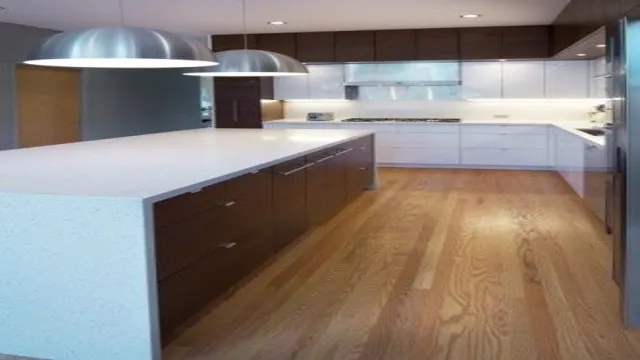
Effects of Uneven Floors on Cabinets
Uneven floors can have a significant impact on the installation and stability of cabinets. Cabinets are typically installed on a level surface, but if the floor is uneven, the cabinets may become unbalanced and unstable. Over time, this can cause the cabinets to shift and develop structural issues, which can compromise their integrity.
In addition, uneven floors can cause cabinets to be misaligned, making it difficult to open and close doors and drawers properly. This can lead to problems such as damaged hardware, broken hinges, and a shortened lifespan of the cabinets. To minimize these risks, it’s important to address uneven floors before installing cabinets.
This may involve leveling the floor or using shims to compensate for any variations. By taking these steps, you can ensure that your cabinets are properly installed and will provide years of reliable service without issue.
Preparing to Level Cabinets
If you’re planning to install new cabinets in a room with an uneven floor, you’ll need to take the necessary steps to level them out for a seamless finish. Before beginning your cabinet installation, it’s essential to survey the room and determine high and low spots, which can be done using a level. Next, add shims, which are thin pieces of wood or plastic, to the low spots beneath the cabinet box or legs.
Continue adding shims and checking the level until the cabinet sits evenly. Be sure to check both front-to-back and side-to-side for any discrepancies. Incorporating these steps to level your cabinets will ensure a sturdy and functional cabinet installation that will last for years to come.
By following these simple steps, you can effortlessly level your cabinets on an uneven floor and entirely transform the look of your space.
Gathering Necessary Tools and Materials
Before you can begin leveling your cabinets, it’s important to gather all the necessary tools and materials. You’ll need a level, shims, a drill, screws, and possibly a saw or sander. Make sure your level is long enough to span the width of your cabinets and that your shims are thin enough to fit between the cabinets and the wall.
It’s also important to have a partner to help you hold the cabinets steady while you make adjustments. Remember to take your time and check the level frequently as you make adjustments. With the right tools and a bit of patience, you can ensure your cabinets are perfectly level and secure.
Removing Cabinets from the Wall
When it comes to removing cabinets from the wall, proper preparation is key. Before you start leveling the cabinets, make sure to remove any items that may be stored in them. This will prevent them from getting damaged or falling out during the removal process.
It’s also important to have all the necessary tools on hand, such as a drill and screwdriver, to ensure a smooth removal. Once the cabinets are empty and you have your tools ready, you can then begin leveling them. This process involves carefully measuring the cabinets and making sure they are even from side to side and front to back.
By taking your time and following these steps, you can ensure a successful removal of your cabinets without damaging your walls or cabinets.
Leveling Cabinets
If you’re installing cabinets on an uneven floor, leveling them can be a bit of a challenge. However, it’s not an impossible task. First, you’ll want to start by measuring the height of the highest point on the floor where the cabinets will be installed.
Then, you’ll need to mark this height on the wall at each end of where the cabinets will be installed. After that, you’ll want to use a level to draw a straight line between these marks on the wall. This will serve as a guide when you begin installing the cabinets.
Next, place the cabinets on the floor where you plan to install them. Using shims, adjust each cabinet to be level with the guide line you’ve drawn on the wall. If the floor is really uneven, you may need to use more shims in some areas than others.
It’s important that the cabinets be level both from side to side and front to back. Once you have the cabinets level, attach them to the wall studs using screws. It’s important to take your time when leveling cabinets on an uneven floor.
Rushing the process can lead to crooked cabinets or even damage to the cabinets themselves. By using shims and a level, you can ensure that your cabinets are installed securely and look great.
Using Shims to Level Cabinets
Leveling cabinets can be a challenging task, and if they are not level, it can cause problems down the line. One way to level cabinets is by using shims. Shims are thin pieces of material that are placed between the cabinet and the wall to level it out.
They are typically made from wood, plastic, or metal and come in various sizes. To start, locate the low spot on the cabinet and mark it with a pencil. Then, place a shim under the low spot and continue to add shims until the cabinet is level.
Once the cabinet is level, secure it to the wall using screws. Shims can also be used to level doors and drawers, which is especially important for cabinet doors that need to close properly. By using shims, you can ensure that your cabinets are level and functioning properly, saving you time and frustration in the long run.
Adjusting Legs to Level Cabinets
Leveling cabinets is an essential aspect of cabinet installation that should not be overlooked. Uneven or unlevel cabinets can lead to a range of problems, including doors that won’t close properly, crooked handles, and even damage to adjacent walls. However, leveling cabinets is a relatively simple process that involves adjusting the legs to ensure that the cabinet is flush with the ground.
To begin, use a level to determine which legs need adjusting. Then, use a wrench to turn the adjustable leg until the cabinet is level. Repeat the process for each leg until the entire cabinet is level.
It is also important to ensure that the cabinets are level in both directions, so be sure to check both front to back and side to side. Overall, taking the time to level your cabinets will ensure that they function properly and look great for years to come.
Installing Kick Plates to Hide Gaps
Leveling cabinets can be a frustrating task, especially if your floors are uneven. Once cabinets are installed, it can become apparent that there are gaps between the cabinets and the floor. One solution to hide these gaps is by installing kick plates.
Kick plates not only serve as a decorative feature but also prevent debris and dust from collecting in the gaps. To ensure that your cabinets are level, start by placing shims under the cabinets until they are even with the floor. Make sure that the cabinets are secure and then attach the kick plates using screws or clips.
Kick plates come in various materials such as stainless steel, brass or aluminum, and can be easily customized to match your cabinetry. With the addition of kick plates, your cabinets will look seamless and polished, and you won’t have to worry about unsightly gaps.
Securing Cabinets to the Wall
When it comes to securing cabinets to the wall, a common challenge that many homeowners face is how to level the cabinets on an uneven floor. Uneven floors can cause cabinets to wobble or tilt, which can make them unsafe and unstable. To avoid this issue, it’s important to ensure that the cabinets are level before attaching them to the wall.
One way to do this is by using shims. Start by positioning the cabinets in their final location and placing a level across the top. If the cabinets are not level, slip shims underneath the corners until they are.
Once the cabinets are level, secure them to the wall using screws and brackets. This will ensure that the cabinets are secure and stable, even on an uneven floor. By taking the time to properly level and secure your cabinets, you can avoid headaches and potential safety hazards down the road.
Conclusion
Leveling cabinets on an uneven floor can seem like an uphill battle, but with a few simple tricks and tools, you can conquer the task with ease. Just remember to take your time and measure twice before making any cuts or adjustments. And don’t forget, sometimes in life, just like with leveling cabinets, a little shimmy-shimmy can be the key to success!”
FAQs
What are the common causes of uneven floors in a kitchen?
Uneven floors in a kitchen can be caused by settlement of the foundation, changes in weather and moisture levels, and poor installation.
What are some basic tools required to level kitchen cabinets on an uneven floor?
Basic tools required to level kitchen cabinets on an uneven floor include a level, shims, a hammer, and a saw.
How do I know if my kitchen floor is uneven?
You can check if your kitchen floor is uneven by placing a level across the floor in different areas of the kitchen. If the bubble is not centered, the floor is uneven.
Can I level kitchen cabinets myself or do I need to hire a professional?
You can level kitchen cabinets yourself with the right tools and a little know-how. However, if you are not comfortable with carpentry work or have limited experience, it is best to hire a professional to avoid costly mistakes.
What types of shims are best for leveling kitchen cabinets on an uneven floor?
Plastic or composite shims are best for leveling kitchen cabinets on an uneven floor as they do not compress over time and are water-resistant.
How do I properly secure the cabinets once they are levelled on an uneven floor?
Once the cabinets are levelled, secure them to the wall studs with screws through the back of the cabinet. Use shims to fill any remaining gaps between the cabinet and wall.
Can I install kitchen cabinets directly on an uneven floor?
No, kitchen cabinets cannot be installed directly on an uneven floor as they will not be level. Shims must be used to level the cabinets before installation.

